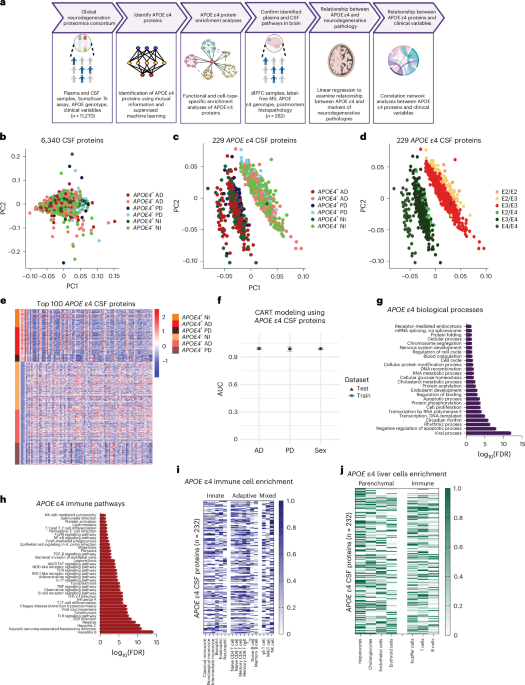
New catalyst lowers energy needed to turn CO₂ into ethylene
edited by Sadie Harley, reviewed by Andrew Zinin
This article has been reviewed according to Science X's editorial process and policies. Editors have highlighted the following attributes while ensuring the content's credibility:
A new method to convert carbon dioxide (CO2) into ethylene using significantly less energy than existing approaches could help cut emissions from one of the world's most carbon-intensive manufacturing processes.
The catalyst at the heart of this breakthrough is the result of research led by Assistant Professor Lum Yanwei from the Department of Chemical and Biomolecular Engineering at the National University of Singapore (NUS) College of Design and Engineering.
His team developed a copper-based material enhanced with small amounts of cobalt, known as dopants, which are added just below the surface of the catalyst. These dopants alter how the copper behaves during the reaction, enabling CO2 to be converted into ethylene more efficiently and at a lower energy cost.







,xPosition=0.2546875,yPosition=0.4583333333333333)





